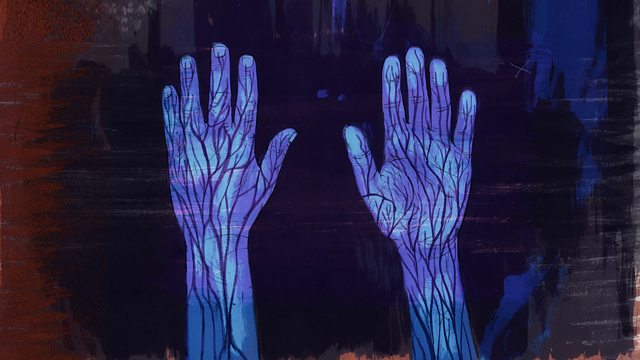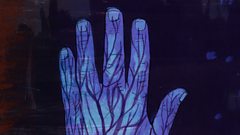The Hand Detectives
Child abusers take elaborate steps to avoid exposure. But investigators have a new forensic science to identify offenders and bring them to justice - Forensic Hand Identification.
“At the end of the day, with DNA, we have difficulty in the forensic arena of separating identical twins, we can do it with a hand no problem at all.” - Professor Dame Sue Black
In 2006 the Metropolitan Police came to Professor Sue Black with an image. An infrared snapshot of a man’s arm, taken from a computer camera in the middle of the night. They wanted to know if she, as one of the world’s most respected forensic anatomists, could find any details that could match the limb in the picture, to a potential child abuse suspect.
That case sparked the development of a new kind of forensic science - Hand Identification. A science that in the past 13 years has aided in securing convictions in some of the most high profile child abuse cases in the UK.
In this programme we explore how Sue and her teams in Dundee and Lancaster University have developed the science of Hand Identification, how it can be used in conjunction with digital forensic techniques to identify offenders, and how by creating a library of hands, Artificial Intelligence can be developed to quickly and accurately assess hands and link child abuse cases around the globe - protecting not just children, but the investigators who put their own mental health at risk as they work to protect the most vulnerable.
Produced by Elizabeth Ann Duffy
Illustration by Seonaid MacKay
Last on
![]()
Seriously…
A rich selection of documentaries aimed at relentlessly curious minds.
Clip
-
![]()
The Process of Identification.
Duration: 03:04
Professor Dame Sue Black

Ricki Boswell-Challand

Doctor Simon Duff

Until recently Simon's primary clinical work, based at the Merseycare NHS Trust community service, Mersey Forensic Psychology Service and the MSU, The Scott Clinic, was with men who have offended sexually against children. However, working across a community and medium secure setting he also routinely worked with men who had offended sexually against adults, women who had offended against children, violent people, stalkers, and individuals with fetishes. This work has been the driver behind much of Simon's research focus, which is concerned with sexual offending and stalking.
He explains that the value of images to child sex offenders go beyond satisfying sexual needs, and that there may be reasons that an offender will choose to show their own body in the image.
Doctor Stephen McLean

David Reid

Broadcasts
- Tue 22 Oct 2019 11:00BBC Radio 4
- Mon 28 Oct 2019 21:00BBC Radio 4



